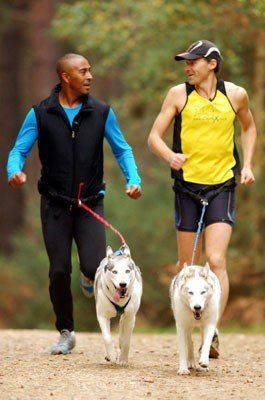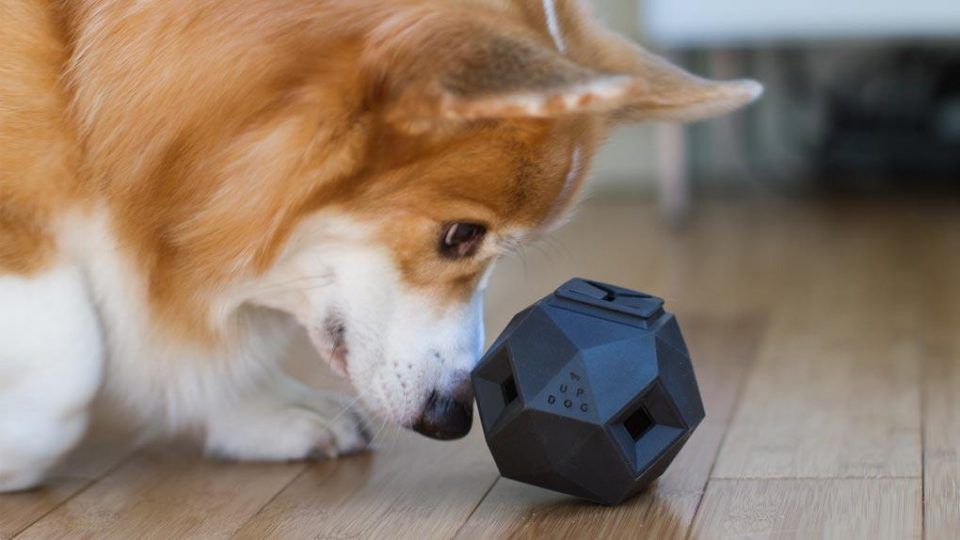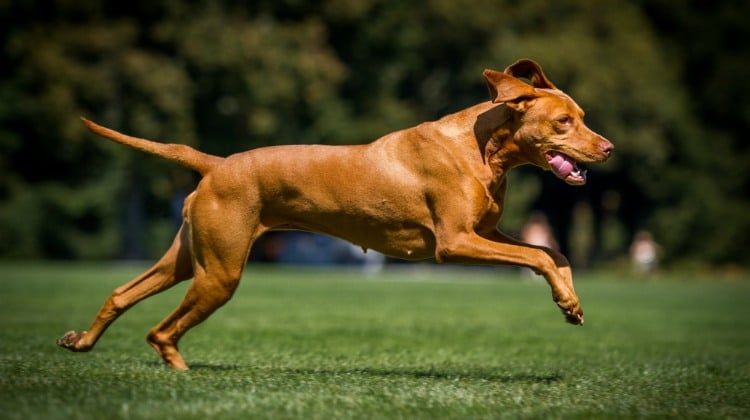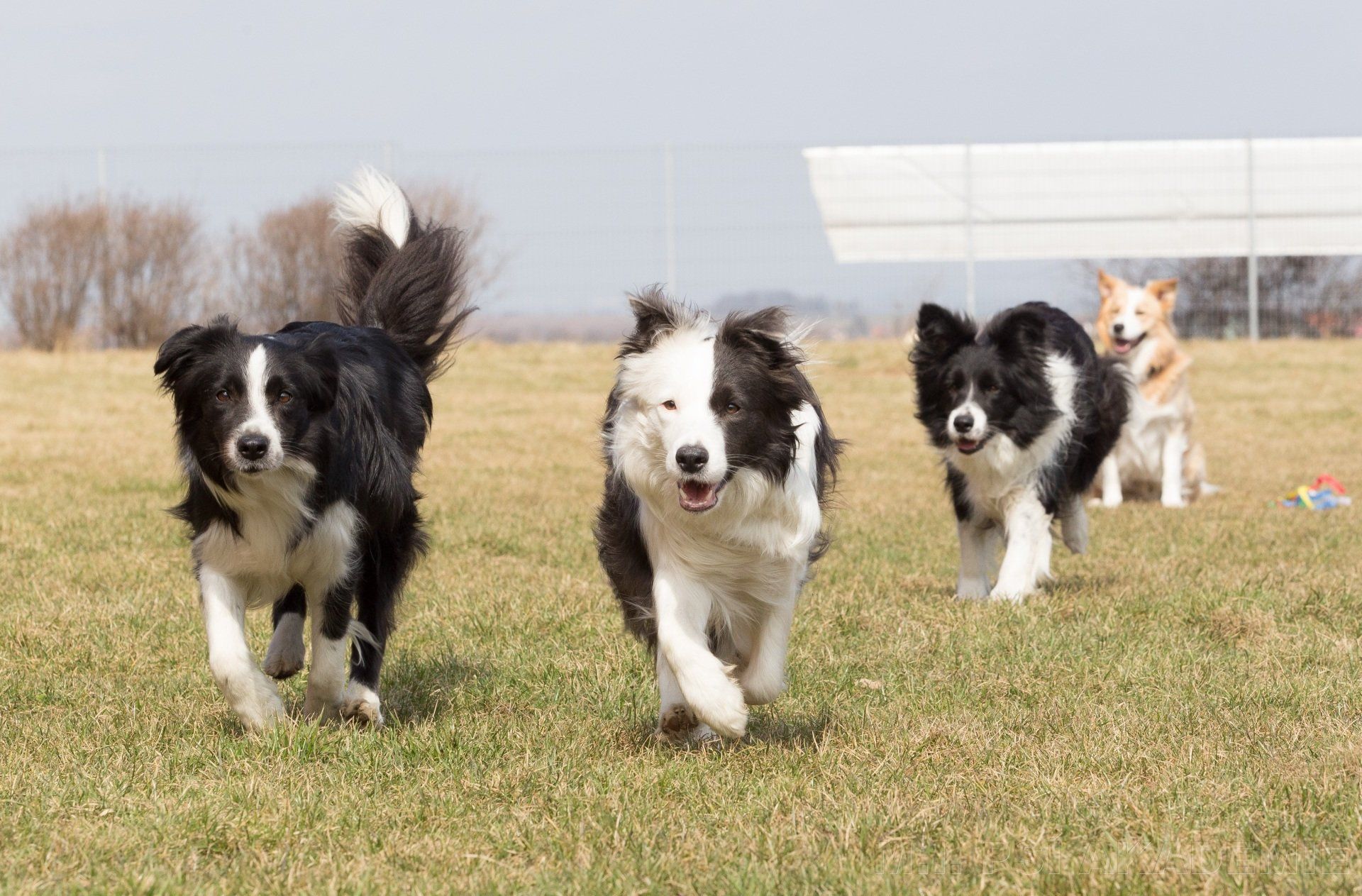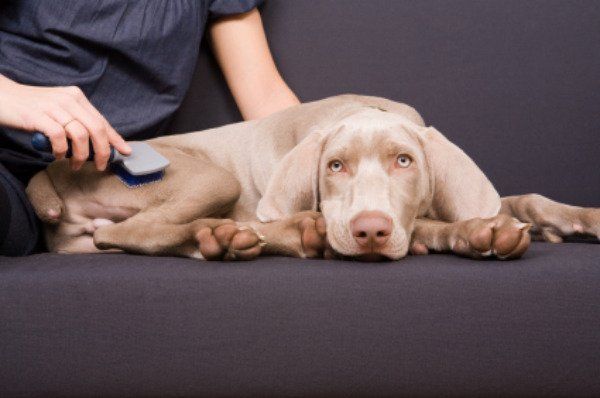Agility
Dog Sports
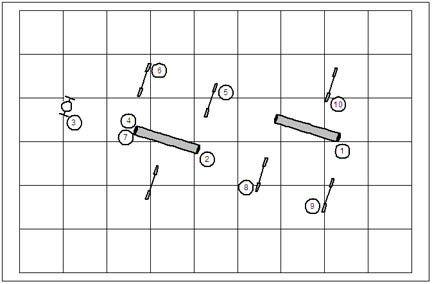
As seen in many dog events throughout the year, including Crufts, this amazing sport has the biggest legion of fans in the canine world.
In this impressive activity, the handler must guide the dog off lead through a sea of obstacles without touching either the dog or the obstacles. This is done with no incentives throughout, and very often the path is not as obvious as one might think. Full of twists, turns, changes of direction, and making sure everything is done in the right order with no faults, is pretty amazing, and certainly not easy. Besides all this, it must all be achieved solely by human direction, either using visual or voice commands.
Given the amount of work, a good level of obedience from the dog is mandatory, as well as good timing, precision, and good physical ability from both dog and human. The dog will also read the onwers' body language, as that can tell which way to go, so having a good handling technique is mandatory. Of course the animal's experience plays a big part, but that is something that comes with time, and soon becomes second nature. Just like fetch.
And that is why good foundation training is important before you start.
Most dogs aren't allowed to start actual agility training until they are at least one year old - with larger breeds waiting up to a year and a half -. But regardless of this fact, there is still plenty to do to get the ball rolling. You can work on waiting exercises, patience, targeting, attention onto you, get your dog used to some equipment and learn basic running skills such as front crosses, rear crosses, serpentines, and much more.
Be ready, so that before you start real agility training, with full on circuits, you just have to put everything together.
When you start doing circuits, you can take a look at the course plan, and you are allowed to walk it with your dog once it's laid out. That way you can have an idea of where to go and how to go about it. All the obstacles are numbered so you know the order in which to take it on, and in what direction (jumping towards you instead of away from you).
The obstacles consist of:
- Jumps;
- Single jumps;
- Double jumps / triple jumps;
- Broad / long jumps
- Tire / hoop;
- Panel jumps;
- Tunnels;
- Straight Tunnel;
- Flat Tunnel
- Weave poles
- Pause box / table
- Contact Equip.
- A-frame;
- Dog walk &
- Seesaw.
